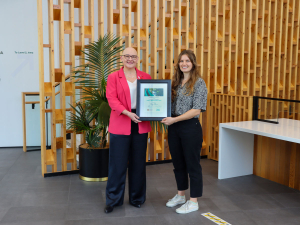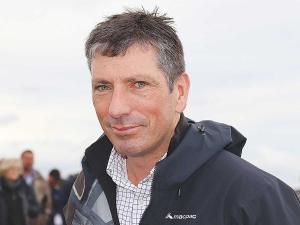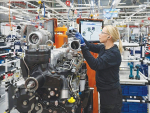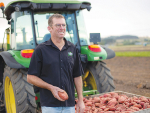The problem with heat lamp and balance systems is they often drive off more than just moisture, while electronic capacitance meters are at best an assay dependent on calibration, explains Jeremy Talbot, of Talbot Agriculture.
He believes inaccurate testing is costing growers and/or seed processors, thousands, if not tens of thousands of dollars, particularly with grass seed.
"With a heat lamp test they try to burn the grass until there's no more moisture, but they're not just driving off the free moisture, they're driving off the volatile oils and moisture that should be held in the protein.
"Having the moisture right on the seed test gives a bigger payback than a lot of the chemical and fertiliser used."
Tests that drive off oils and non-free moisture will give a higher-than-actual moisture reading, which could prompt the grower or processor to over-dry seed. In the worst case scenario, that could damage germination, rendering worthless what was supposed to be high-value seed. Equally, an under assessment of moisture content could lead to costly rejections and/or drying costs at the processors, or heating in the silo which in turn damages germination.
The meter Talbot's marketing in New Zealand, is the Sinar Max50 which uses a halogen light to heat grain. Automation prevents seed temperature rising to a point where anything other than free moisture would be driven off.
"You can't burn or over dry the seed."
It also means the operator can put the sample in, then get on with something else without worrying about loss of accuracy, results or fire risk should all the free moisture be removed before they return.
There's no need to weigh or reweigh the sample before or after the drying process, removing another area of human error, and readings are expressed as either moisture or drymatter percentage, with no weight loss calculation required.
"This machine has been shown to meet the ISTA standard of 0.1% accuracy and tests in New Zealand (by FAR) have found it the most reliable and repeatable. It can also test any crop, even forage."
At $2800 + GST Talbot admits it's not cheap but considering the value of the crops involved, he believes it's justified. "It is a professional laboratory tool but as farmers that's what we're supposed to be – professionals."
Tel. 03 741 8187








